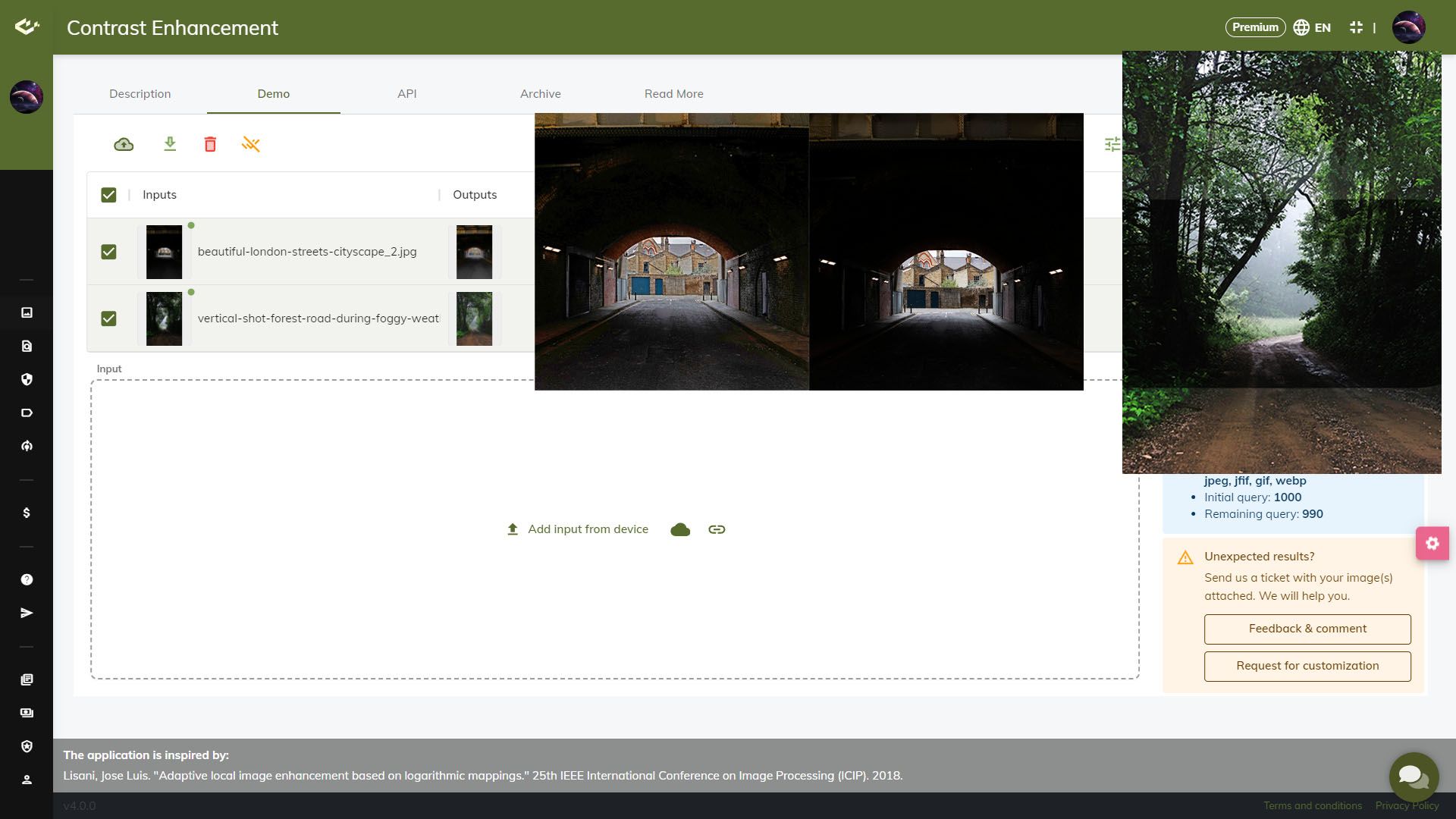Online Image Processing Tools
Image processing is the act of altering the look of an image in order to improve its aesthetic information for human understanding or unsupervised computer perception. “Digital image processing” is a subset of the electronics area in which a picture is converted into an array of small integers called pixels that represent a physical quantity such as the brightness of the surroundings, stored in digital memories, and processed by a computer or other digital hardware. The fascination with digital imaging techniques stems from two key areas of application: improving picture information for human comprehension and image data processing for storage, transmission, and display for unsupervised machine vision. In this paper, we will introduce numerous online image processing tools developed and built specifically by Saiwa.
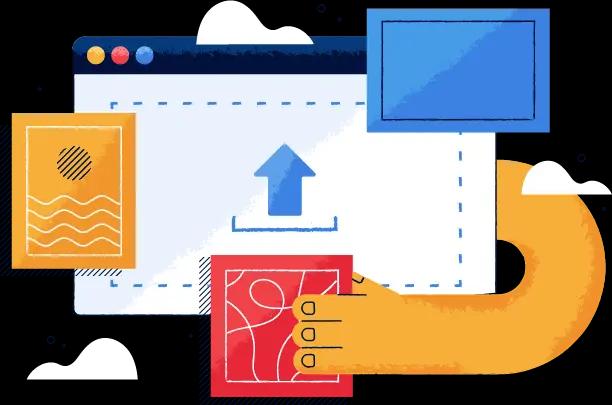
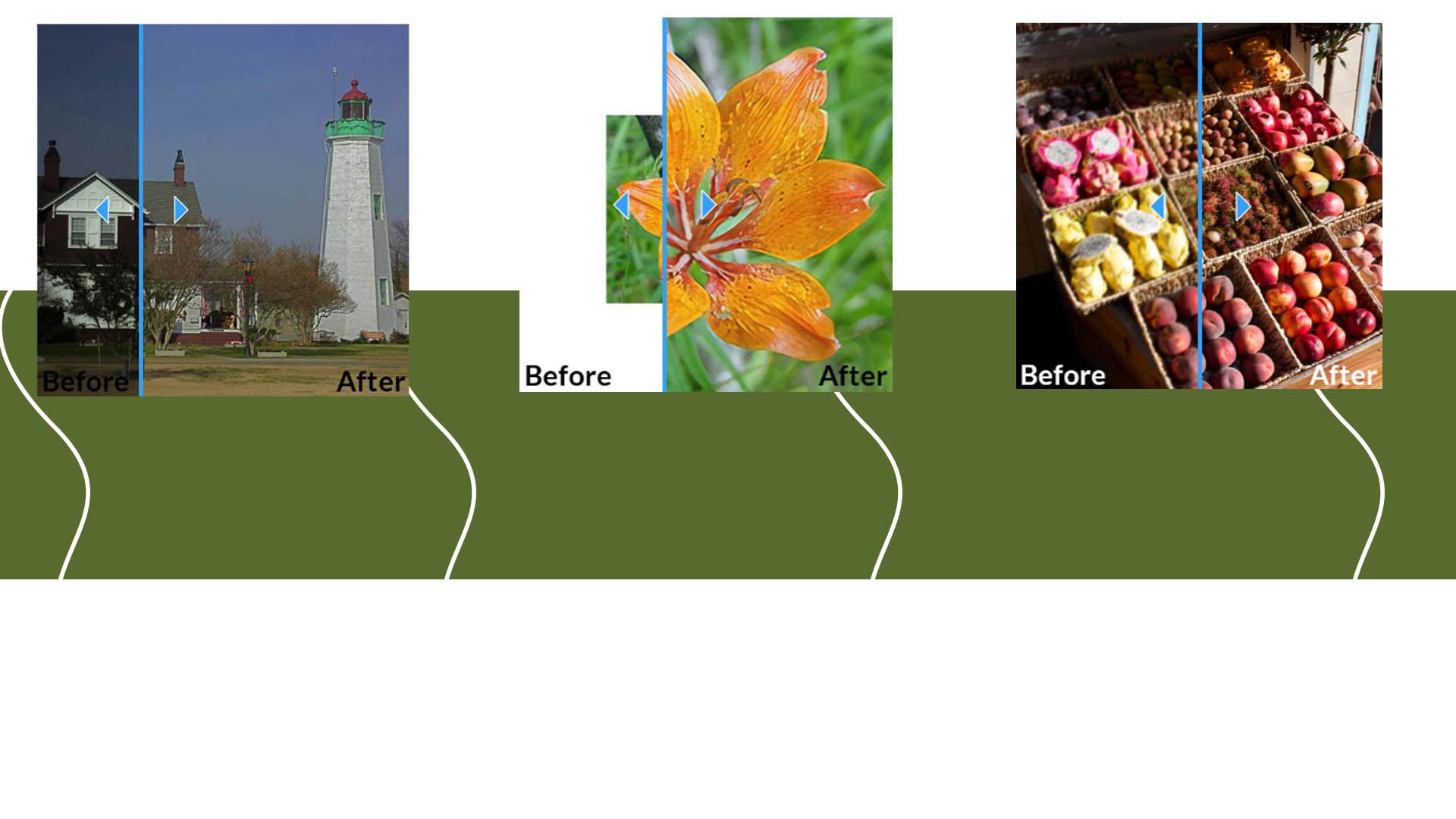
Online Image Denoising
The technique of removing noise from a noisy image to recover the original image is known as “image denoising“. However, it might be difficult to detect noise, edges, and texture during the denoising process, resulting in a loss of detail in the denoised image. As a result, retrieving important data from noisy images while avoiding information loss is a challenging issue that must be solved.
Denoising is an online image processing tool for removing unwanted noise from images. It uses complex algorithms to detect and remove noise while keeping the original image quality. Both digital images and scanned images can benefit from online image noise reduction tools. It is a free web tool that is simple to use and does not require registration.
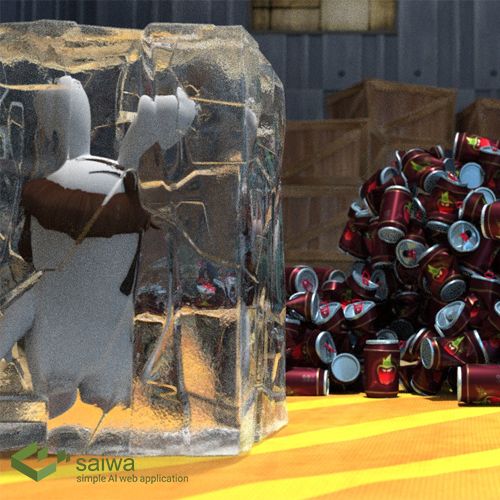
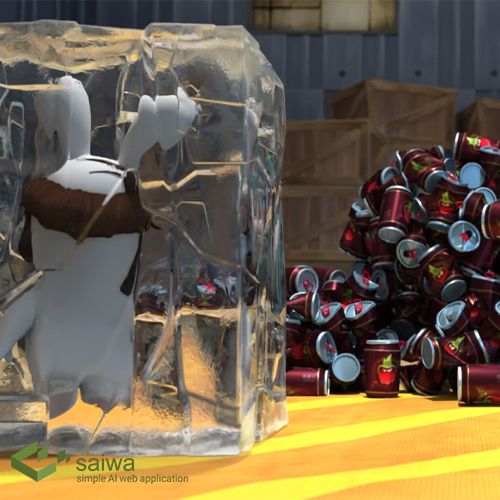
Image deblurring online
Image deblurring is the removal of blur abnormalities from images. Image deblurring is a process of recovering a sharp latent image from a blurred image produced by a camera shake or an object’s motion. It has sparked a lot of interest in the image processing and computer vision disciplines. To handle the image deblurring problem, a variety of methods have been developed. There are several picture deblurring methods available, ranging from classic ones based on mathematical principles to more current ones depending on machine learning and deep learning developments.
Denoising is an online image editing tool for removing unwanted noise from images. It uses complex algorithms to detect and remove noise while keeping the original image quality. Both digital images and scanned images can benefit from online image noise reduction tools. It is a free web tool that is simple to use and does not require registration.


Image deraining Online
The process of removing unwanted rain effects from input images is known as “image deraining“. Removing rain streaks from an image has received a lot of attention since rain streaks can decrease image quality and influence the performance of existing outdoor vision applications. In applications like surveillance cameras and self-driving automobiles, one must process images and videos that contain undesired precipitation artifacts that may impair the effectiveness of the processing algorithm. As a result, pre-processing techniques to eliminate these artifacts are critical.
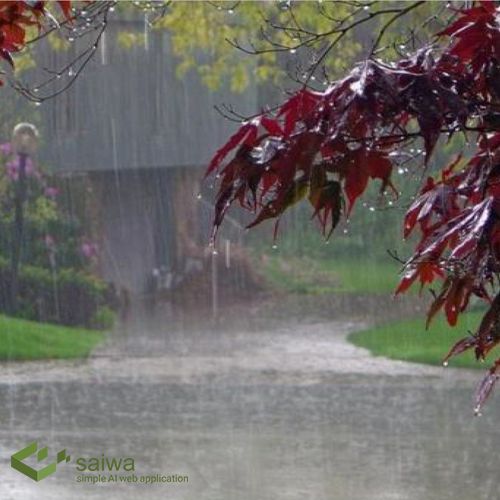
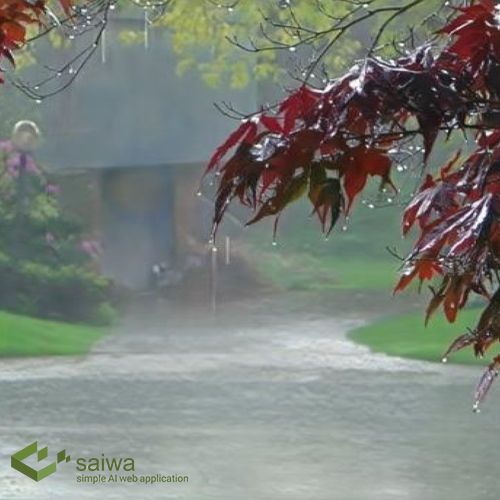
Image Contrast enhancement online
Image contrast enhancement increases object visibility in a scene by increasing the brightness difference between items and their backgrounds. Contrast enhancement is normally accomplished as a contrast stretch preceded by a tonal enhancement; however, they can also be done in one step. A contrast stretch enhances the brightness differences evenly over the image’s dynamic range, while tonal improvements increase the brightness differences in the darkness, mid-tone (grays), or bright areas at the expense of the brightness differences in the other areas. Contrast enhancement procedures modify the differential brightness and darkness of items in the image to increase visibility.
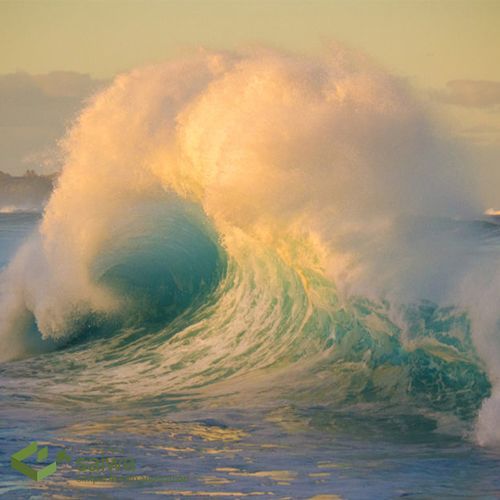
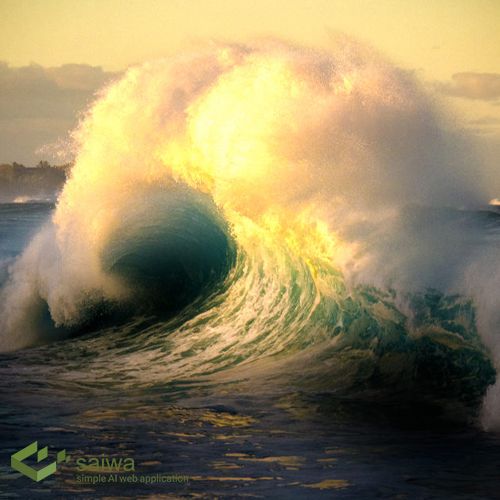
Image inpainting Online
Image inpainting is one of the most complex tools in online image processing tools because it involves filling in missing sections of an image. Texture synthesis-based approaches, in which gaps are repaired using known surrounding regions, have been one of the main solutions to this challenge. These solutions are based on the assumption that the missing sections are repeated someplace in the image. A general understanding of source images is necessary for non-repetitive areas. Developments in deep learning and convolutional neural networks are used to produce online image inpainting, in which texture synthesis and overall image information are merged in a twin encoder-decoder network. To anticipate missing areas, two convolutional sections are trained concurrently.
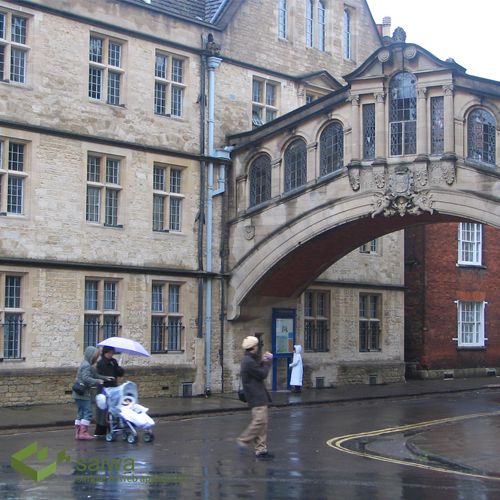
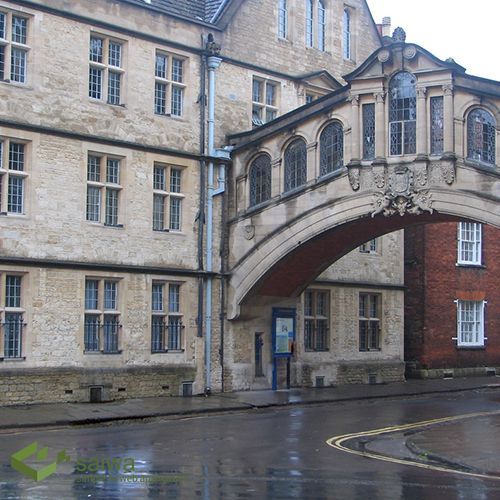
Different types of Image contrast enhancement online algorithms
Histogram smoothing
Histogram equalization is an Image contrast enhancement online technique that adjusts image intensity to improve contrast. This algorithm is one of the simplest and most methodical methods in the process of Image contrast enhancement online using histogram. The logic of the histogram is that the image with the best visual appearance is the one whose histogram resembles a normal distribution. The cumulative distribution function of a histogram is the fraction of pixels with a pixel value less than or equal to a specified pixel value. Histogram equalization is especially useful in cases where both the background and foreground are both bright or dark. Histogram equalization can result in better representation of bone structure in X-ray images and better detail in overexposed or underexposed images. The main advantage of the histogram equalization method is that it is a relatively straightforward image processing technique.
Adaptive histogram smoothing
Adaptive histogram equalization calculates a large number of histograms for each of the individual parts of the image and uses them to redistribute the light values, so it is different from histogram equalization, so it is suitable for improving local contrast in images.
CLAHE
Contrast-limited adaptive histogram equalization is a variant of adaptive histogram equalization. This algorithm has an additional step compared to adaptive histogram equalization. This algorithm has 6 steps, which are described below:
- Divide the image into smaller parts
- Determine the local histogram mapping value
- Determine the local histogram cutoff
- Select the histogram cut point
- Apply the function to each region
- Reduce noise with background subtraction
Contrast Stretching
In this algorithm, the contrast in an image is drawn from the range of intensity values that exist in it to include the desired range of values, which is called normalization. Some contrast stretching techniques are: minimum-maximum, percentage, patchy contrast enhancement.
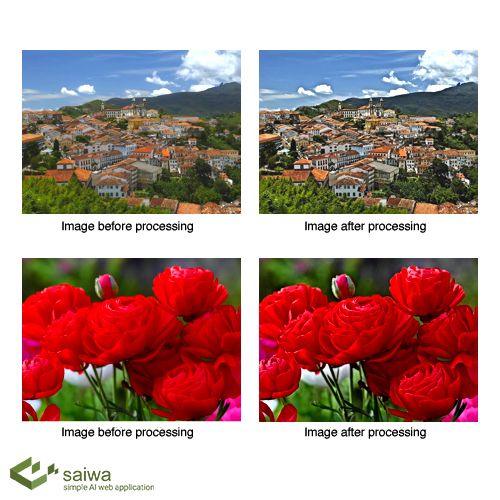
Benefits of Image processing online
Leveraging AI-powered cloud platforms image processing online and analysis provides several advantages:
Accessible to anyone without needing installation or coding
Image processing online services allow uploading images and invoking processing algorithms through simple web interfaces or APIs without requiring users to install software or code. This makes powerful image AI available to non-experts.
Leverages powerful cloud compute resources
Image analysis like object detection uses deep neural networks which require significant processing power. Online services leverage scalable cloud infrastructure with GPUs to apply complex models on-demand exceeding local compute capabilities.
Always up-to-date with latest algorithms
Cloud platforms continuously integrate cutting-edge innovations in computer vision without any user effort. Users benefit from the latest state-of-the-art techniques.
Pay-per-use pricing
Usage-based pricing allows flexibly paying only for what you need instead of overprovisioning resources. This is cost-effective for small workloads.
Online image AI makes computer vision easily accessible as a service without infrastructure investments while providing cutting-edge algorithms on-demand.
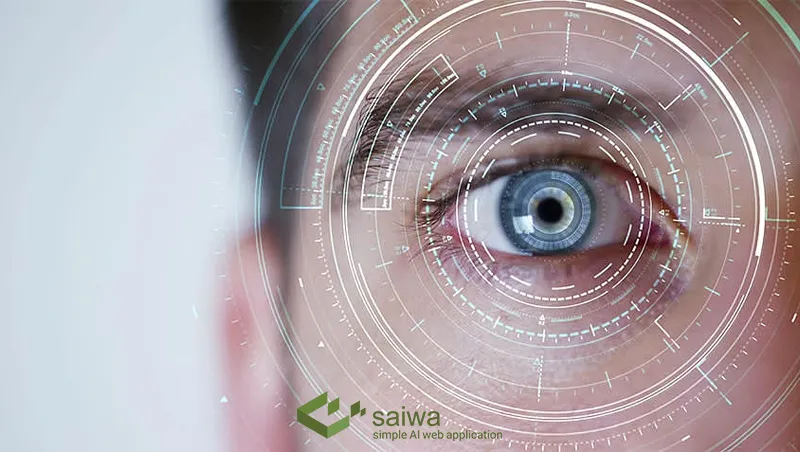
Image Analysis Services
Common visual recognition capabilities offered through online AI services include:
- Object Detection: Identify objects present in images, localize them via bounding boxes along with confidence scores. Useful for inventory monitoring, retail analytics etc.
- Image Classification: Categorize the overall image content into one of thousands of predefined classes. Allows filtering objectionable images, organizing albums etc.
- Face Detection: Detect human faces in images and analyze attributes like emotions, age, gender etc. Valuable for applications like surveillance and photography.
- Optical Character Recognition: Extract printed or handwritten text from images into machine readable text. Processing documents and annotations becomes automated.
- NSFW Detection: Identify explicit adult content in images through deep learning models to enable content moderation.
Online image analysis services enable easy access to a repertoire of computer vision techniques for automated visual understanding.
An overview of image processing online
The dynamic field of image processing focuses on modifying and altering digital images to enhance visual quality or extract useful information. It is essential to many industries, including web applications, entertainment, healthcare, and surveillance. There is a growing need for quick and easy online image processing as our digital world develops.
Fundamentally, image processing is the application of various methods and techniques to images to modify them in a manner that achieves predetermined goals. These goals may be anything from making medical imaging easier to diagnose to making photos on social networking platforms look better. In particular, image processing online refers to the performance of these processes in real-time or very real-time, frequently within web applications, allowing users to interact and alter images easily.
The advent of image processing online has democratized the accessibility of powerful tools, allowing individuals and businesses to enhance, edit, and analyze images directly through web browsers. This shift towards online platforms has led to the development of intuitive interfaces, fostering user-friendly experiences for both novices and professionals. The phrase “image processing online” encapsulates the essence of this digital transformation, emphasizing the immediacy and convenience of image manipulation over the internet.
One of the primary advantages of image processing online is the ability to share and collaborate on edited images effortlessly. This is particularly evident in the proliferation of online platforms offering collaborative editing features, where multiple users can simultaneously work on the same image. This real-time interaction streamlines workflows and opens up new possibilities for creative endeavors and data analysis.
Online image processing is changing in tandem with the ongoing advancements in technology. Automated image recognition, classification, and content creation are becoming possible because of the combination of machine learning and artificial intelligence. These advancements represent a paradigm change in which consumers may now access sophisticated tools that go beyond conventional image processing skills on more intelligent web platforms.

Image processing online is a dynamic and transformative field that brings the power of image manipulation directly to users’ fingertips. The phrase “image processing online” encapsulates the convenience, accessibility, and real-time nature of these digital transformations, shaping the way we interact with and perceive visual information in the digital age.
Understanding Key Concepts in Image Processing Online
In the realm of image processing online, it’s essential to grasp fundamental concepts that underpin the manipulation and enhancement of digital images. These concepts form the building blocks of any online image processing endeavor, shaping the quality, clarity, and visual appeal of digital visuals.
Pixel: The fundamental unit of any digital image is the pixel, often known as the “picture element.” The tiniest indivisible units in an image are called pixels, and they each correspond to a single grid point. Knowing the properties of pixels is essential for online processing of pictures such as picture improvements, filtration, and scaling. The level of information and clarity that can be seen in the finished product depends on the resolution of the image, which is expressed in pixels per inch (PPI) or dots per inch (DPI).
Resolution: The total number of pixels along the width and height dimensions of an image is a common way to indicate the level of detail captured in the image. While photographs with lower resolutions may appear pixelated or unclear, those with higher resolutions are clearer and contain more detail. When processing photographs online, users frequently have to take into account the resolution of their images to guarantee the best possible quality across a range of digital platforms and devices.
Color Depth: Frequently referred to as bit depth, color depth defines the precision and range of colors that can be captured in a digital image. The bit-per-pixel (bpp) measure determines how many unique colors are possible for every pixel. Eight-bit (256 colors), 24-bit (true color), and 32-bit (true color with alpha channel) are common color levels. Online image processing frequently entails changing color depth to optimize file size and produce desired visual effects without sacrificing image quality.
- Image format: The file type used to store and encode digital photographs is referred to as an image format. Popular picture formats with varying features and compression techniques are JPEG, PNG, GIF, and BMP. Comprehending various picture formats is crucial for online image processing since they affect compatibility with various platforms and software programs, file size, and transparency support.
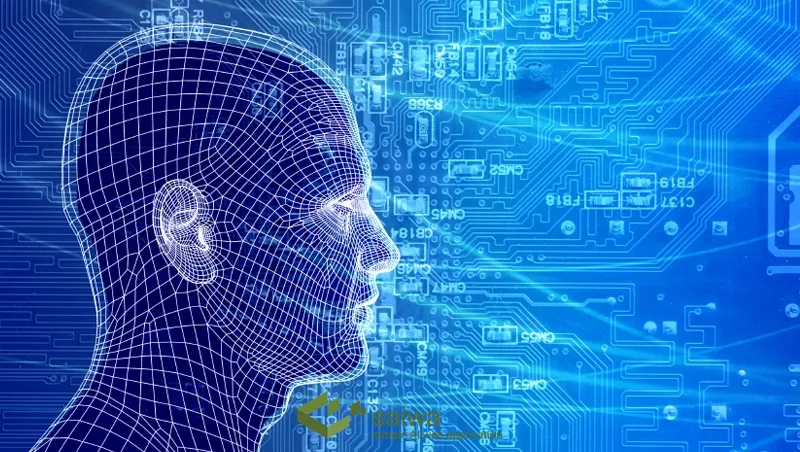
Mastering fundamental concepts such as pixel, resolution, color depth, and image format is essential for anyone involved in image processing online. These concepts serve as the foundation for creating, manipulating, and sharing digital images effectively and efficiently across various online platforms and channels.
Security and Privacy Considerations
Understanding how your image processor online handles your data is crucial. Privacy and security must be prioritized in image processor online services. Here's how your valuable images are protected:
Secure Data Transfer: The processor must utilize industry-standard Secure Sockets Layer (SSL) encryption protocols to safeguard data transmission between your device and the servers. This encrypts your images during upload and download, preventing unauthorized access.
Clear Privacy Policy: Image processor online should maintain a transparent privacy policy outlining how the service collect, use, and store your data. This policy ensures you understand exactly what happens to your images when you use an image processor online.
Limited Image Storage: The service must only store your uploaded images for a predetermined period unless you choose to save them explicitly. This minimizes the amount of data that is held and reduces potential security risks.
Deletion on Request: You have complete control over your images. You can delete them at any time directly through our user interface. Once deleted, your images are permanently removed from systems.
Focus on Processing, Not Storage: The primary function is to process your images using powerful algorithms. This focus minimizes the risk of data breaches.
By prioritizing these security measures, you can feel confident using an image processor online.
